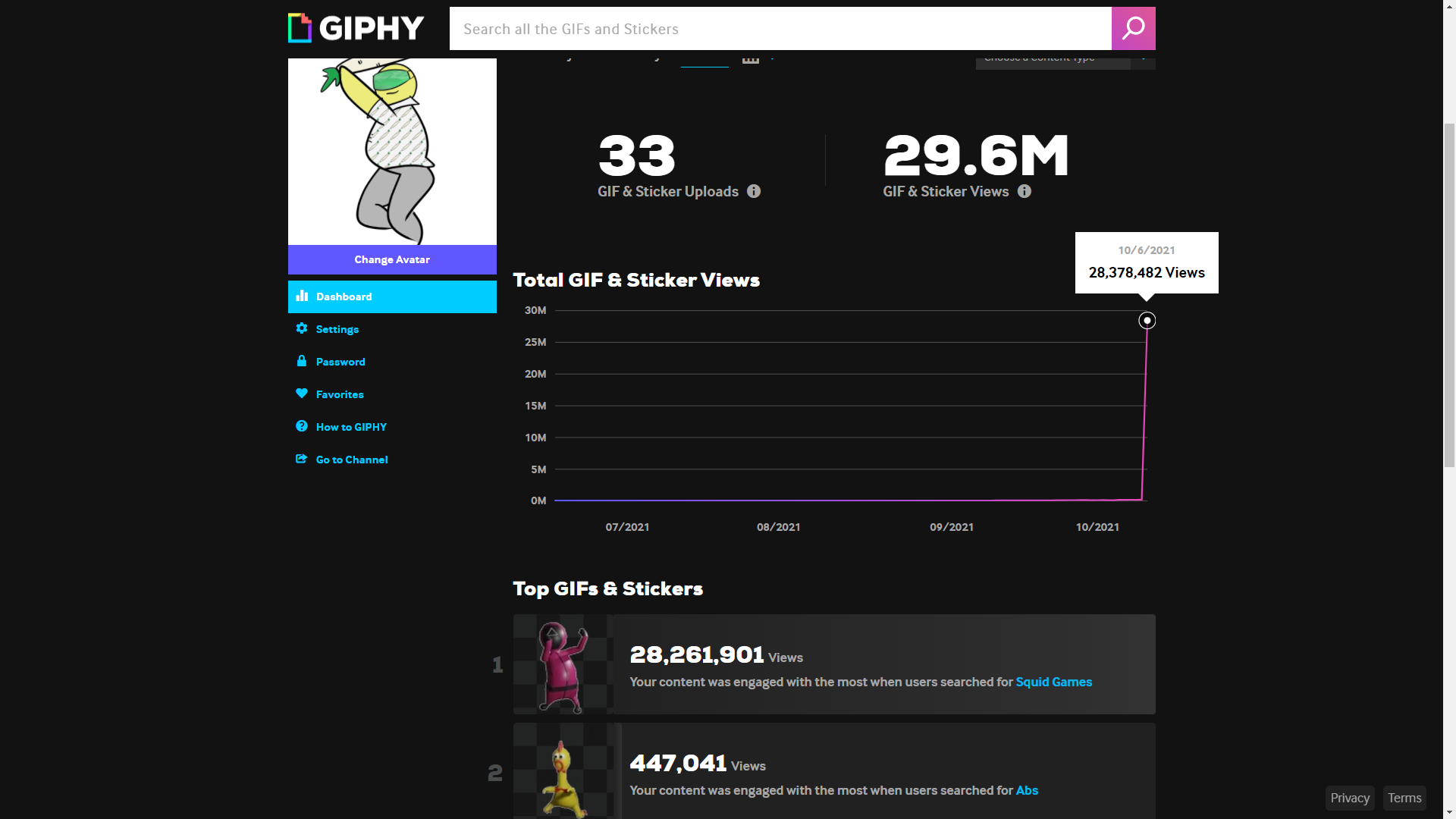Visa issues are always a hot topic among international students. The slang term "上岸" (get out of the shore) symbolizes finally securing an offer or sponsorship and being able to breathe a sigh of relief.
As many of you may already know, the H1B visa quota is set at 65,000 per year for FY2023. This means that as a master's student, you have roughly a 20% chance of obtaining an H1B visa. The odds are even lower for bachelor's students, who must find an employer willing to sponsor them.
One controversial tactic is what people refer to as H1b Abuse.
This involves finding a job in a consulting company that has multiple shadow companies and filing H1B visa applications for you simultaneously. Since there's no limit on how many applications an applicant can file with the agencies, this increases your chances of securing a visa through the lottery system.
Once you secure the visa, the consulting company will find a client and lend you to them (usually large corporations that can't employ this tactic unless they disregard their public relations).
Since the quota for for-profit companies is capped, obtaining a visa becomes a numbers game.
But what if you'd rather not play the numbers game?
Non-profit organizations aren't subject to the quota. Universities are considered non-profit organizations (though their fees might not seem non-profit). The only drawback is that if you later want to work for a for-profit company, you'll have to go through the lottery system again (switching from a non-profit sponsored visa to a for-profit sponsored visa).
Let's illustrate with a comparison.
A is a 22-year-old international master's student (F1) at a university. As a research assistant, his compensation is $20K/year.
B is a 22-year-old local student (US citizen) who just graduated with a bachelor's degree. He's working for the university, earning $50K/year. With the university's employee tuition waiver, he can pursue a master's degree for 90% off (30,000 x 2 x 10% = $6K).
Two years later, both graduate with master's degrees. A has $40K in his bank account, and B has $100K - $6K = $94K in his bank account.
Now, A has to worry about his visa status, while B can work for any company he desires with strong negotiation power, thanks to his master's degree.
See the difference?
Is there a way for A to enjoy the same benefits as B? What if A could work for the university as staff, get sponsorship, and take advantage of the tuition waiver?
There would still be an element of luck involved if A wanted to work for a for-profit company. However, if you decide to stay at the university for an extended period, you might as well consider this approach and potentially obtain a green card directly.
The University's Perspective
If you compare compensation between universities and for-profit companies, you'll notice that universities typically pay less. This makes it challenging for universities to attract talent.
Young people often opt to work for startups or mega corporations because they offer higher pay. Universities can't compete with them on salary alone. Therefore, they must find alternative ways to attract talent.
What if a university encouraged students to work while studying and offered sponsorship? The university could pay less, and students could obtain sponsorship. It's a win-win situation.
Learn the Rules and Break Them
Most of the time, we follow customs because they're obvious and easy. But if you want to get ahead of the game, you have to learn the rules and sometimes break them.
This post presents a highly theoretical approach. I hope it sparks some ideas and encourages you to think outside the box. I'll continue to update this post as I learn more.
If you have any insights or experiences with this topic, please share them with the audience.









